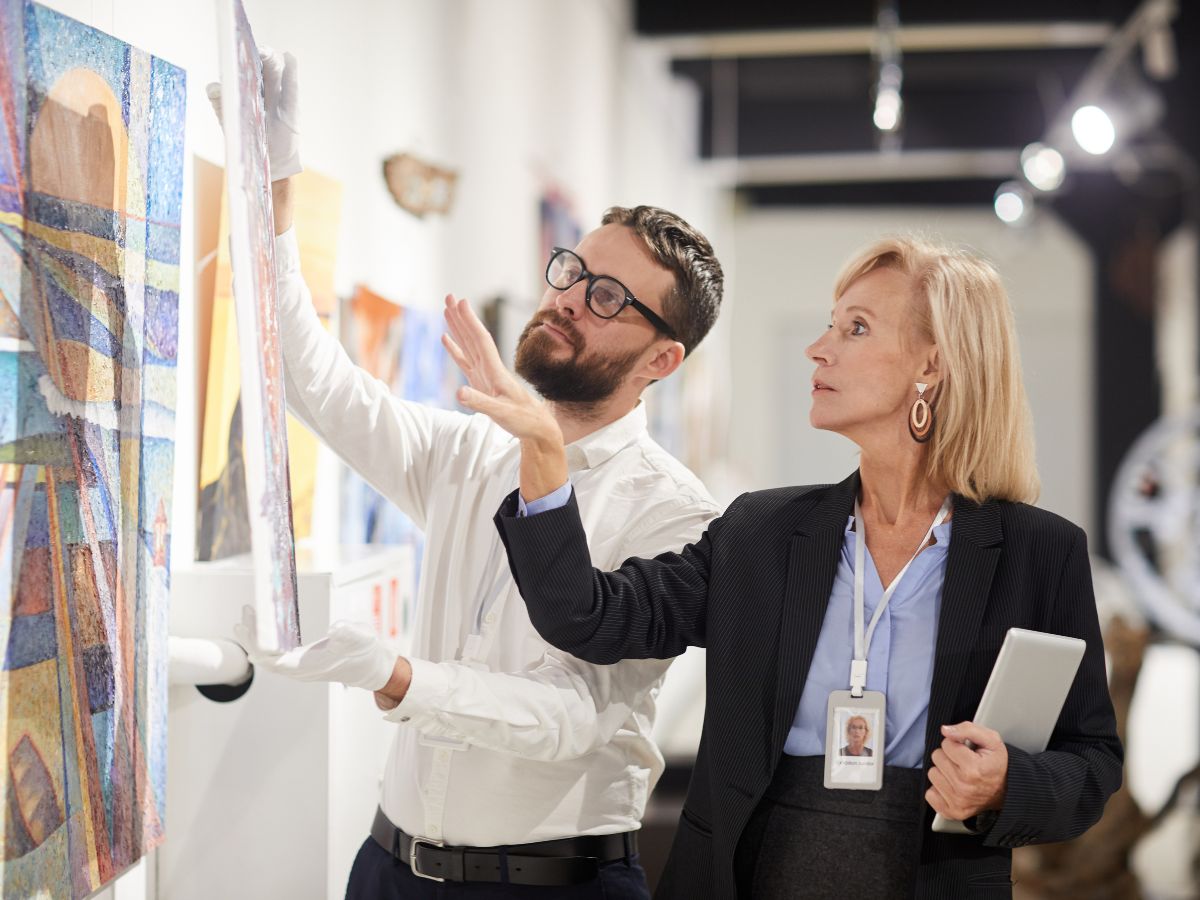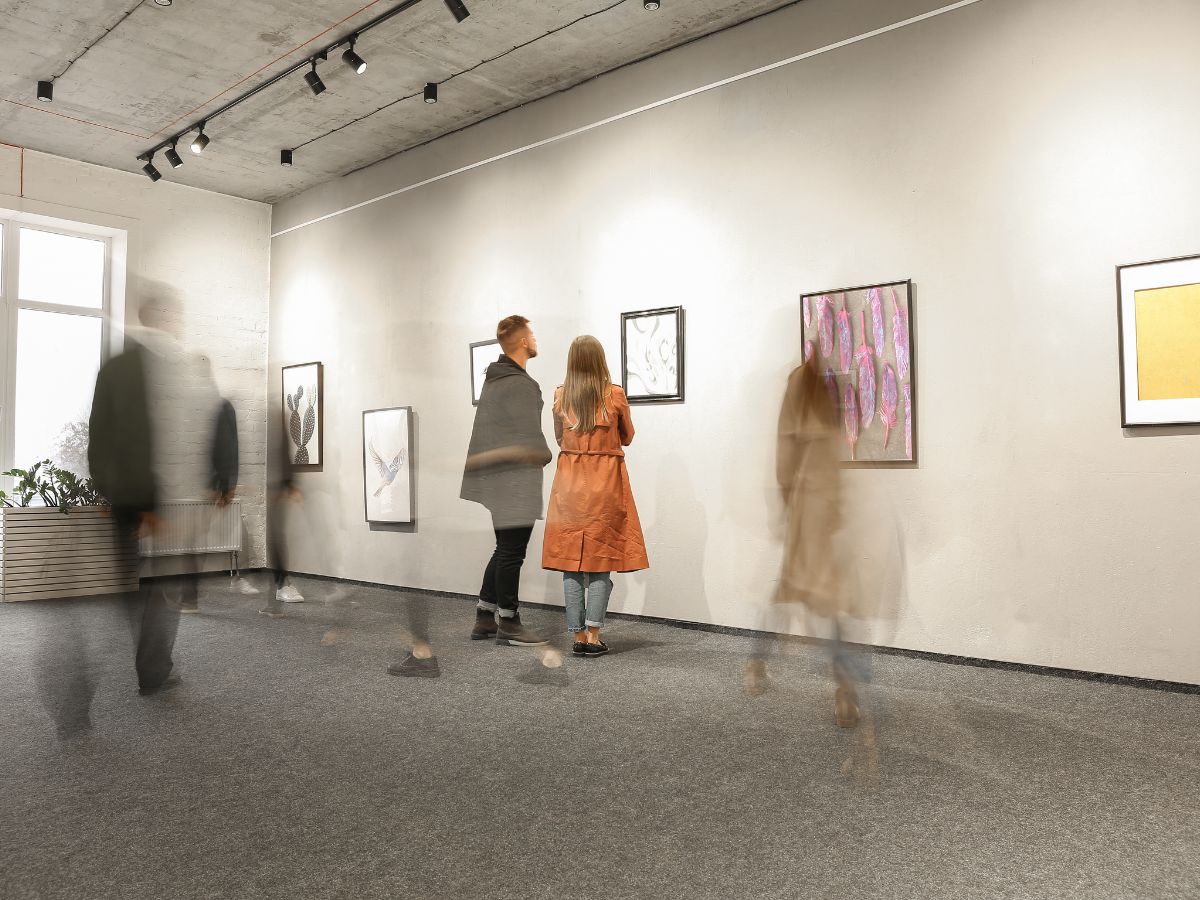
Mastering Art Fair Preparation: 7 Tips for a Successful Exhibit
Participating in an art fair or exhibit is an exciting opportunity for artists to showcase their work, connect with potential buyers, and expand their professional network. Proper preparation is crucial to make the most of this opportunity. Here’s a comprehensive guide to help you prepare effectively for an art fair or exhibit.
1. Plan Your Display
The first step in preparing for an art fair is to plan your display. Your booth should be visually appealing and reflect your artistic style. Consider the layout, the way your pieces will be arranged, and how you will draw visitors into your space. Invest in quality display materials such as easels, frames, and lighting to enhance the presentation of your work.
2. Select Your Best Work
Displaying your best work ensures that you are putting your best foot forward. Choosing which pieces to exhibit can be challenging. Aim to display a cohesive body of work that represents your artistic voice. Select pieces that showcase your range and highlight your strengths. It’s important to strike a balance between variety and coherence to keep your booth interesting yet unified.
3. Price Your Art Appropriately
Pricing your art can be one of the most daunting tasks. Research similar artists and consider factors such as the size, medium, and complexity of your work. Make sure your prices reflect the value of your art while remaining competitive within the market. Clearly label prices to make it easy for visitors to see.
Appropriate pricing is important to attract buyers and ensure that you are fairly compensated for your work. Clear pricing helps in preventing potential buyers from feeling awkward or hesitant.
Learn our tips on how to price your art here.
4. Prepare Promotional Materials
Having promotional materials on hand can help visitors remember you after the fair. Create business cards, brochures, or postcards that feature your contact information and images of your work. Consider offering a small, affordable item like a print or a postcard as a takeaway.
5. Engage with Visitors
Interacting with visitors is a key part of the art fair experience. Be prepared to discuss your work, your inspiration, and your artistic process. Engage in genuine conversations and show enthusiasm for your work. Being approachable and friendly can leave a lasting positive impression.
6. Prepare for Sales
Ensure you are ready to handle sales transactions smoothly. Bring necessary supplies such as a cash box, credit card reader, and receipt book. Consider offering multiple payment options to accommodate different preferences. Additionally, have packaging materials ready for customers who purchase your art.
Being prepared for sales ensures a seamless transaction process, which enhances the customer experience and reflects professionalism.
7. Promote Your Participation
Promote your participation in the art fair through social media, email newsletters, and your website. Share details about the event, including dates, location, and a preview of the pieces you will be exhibiting. Encourage your followers to visit your booth and share the event with others.
Promotion increases your visibility and can drive more visitors to your booth. Engaging your existing audience can also lead to increased sales and new opportunities.
Preparing for an art fair requires careful planning and attention to detail. These tips will help you not only showcase your art effectively but also connect with a wider audience and potentially grow your career.
